I don't usually review games, but Lenovo's new Marvel Dimension of Heroes augmented reality game was something that I jumped at. Announced back in September, it uses the same headset as Star Wars: Jedi Challenges, but with new controllers.
And boy, did I love Star Wars: Jedi Challenges. It allowed you to actually have augmented reality lightsaber fights with classic villains like Darth Vader and more. Lenovo even added a mode where you can play as the villain, and fight the good guys like Yoda and Luke Skywalker. Sure, it wasn't perfect, but it was so much fun that the pros far outweighed the cons.
The same goes for Marvel Dimension of Heroes. It's a ton of fun, and the pros outweigh the cons. Moreover, if you never bought Star Wars: Jedi Challenges, you'll get that too; you can use one of the new controllers to play the previous game. This does present some challenges though, mainly that there's no way to sync progress between devices.
Star Wars: Jedi Challenges is two years old now. You're probably at least thinking about upgrading the smartphone you had when you bought the game, but if you do, you'll lose all of your progress. Sure, you might keep that phone around just to play this super-fun game, but you'd still wish you could take advantage of more modern hardware for better gameplay performance. It's a real shortcoming. For my testing, I still used the Moto Z2 Force, since I was testing both games with the new hardware. I'd have loved to use something more powerful like the OnePlus 7T, but I really didn't want to start at the beginning with Star Wars: Jedi Challenges with all of those annoying tutorials that you can't skip.
Specs
Mirage AR Headset
| Dimensions | 209.2x83.4x154.8mm (8.24x3.28x6.09in) |
|---|---|
| Weight | 477g (1.05lbs) |
| Buttons | Select, Cancel, and Menu |
| Battery | 2200mAh, Li-Po, Up to five hours |
| Input/Output | Micro-USB |
Universal Controllers
| Dimensions | 197.3x87.5x35.2mm (7.77x3.44x1.39in) |
|---|---|
| Weight | 130g (0.29lbs) |
| Buttons | Button 1, Button 2, Analog stick, Power button |
| Battery | 2 x AA battery, Up to 8 hours |
| Connectivity | Bluetooth 4.2 |
Tracking Beacon
| Dimensions | 94.1x76.7mm, (3.7x3.02in) |
|---|---|
| Weight | 113.5g (0.25lbs) |
| Buttons | Power/color switch |
| Battery | 2 x AA batteries, Up to 20 hours |
The list of supported devices is kind of open-ended, and the devices are somewhat dated. For example, it supports anything from the Galaxy S7 to the Galaxy S9. The LG G6 is on the list, but not the G7 or G8. Google's original Pixel and Pixel XL are there, but nothing newer. Huawei also has the Mate 10 series on the list. The iPhone list is the most complete, with everything from the iPhone 6 to the iPhone XS and XS Max supported (the iPhone XR isn't on there, and the iPhone 11 wasn't out yet).
Even stranger, the Moto Z and Z2 Force are there, but the Z3 isn't, despite having nearly identical specs to the Z2 Force. And Lenovo owns Motorola.
There are some general specifications though, so other devices should work. If you've got an Android device with a 2.0GHz quad-core processor and 2GB RAM or higher, or an iOS device with a 1.4GHz dual-core processor and 1GB RAM or higher, you should be good to go. The handset also needs to be smaller than 158.3x77.7x7.95mm, and the screen size needs to be larger than 4.3 inches.
Day one
As you can see, there's quite a bit that comes in the package. It includes the Mirage AR Headset, two controllers, a Tracking Beacon, batteries for both controllers and the Beacon, and dongles. There are three dongles for connecting a smartphone to the headset, and you'd use the one that corresponds to the port on your phone.
Design
The headset and the tracking beacon are exactly the same as they were before, so we'll start with that. The headset is called the Mirage AR Headset, and it requires a smartphone to work. The idea to require a smartphone is a good one, because a standalone product would be way too expensive to be viable.

On one side of it, you'll find a flap that when opened, will reveal a tray that you can pull out to insert your smartphone. The game will guide you through this process, including the correct way to insert the dongle. There's a small window on the bottom of the tray where the game's display will show, and that should be adjusted automatically depending on the device you insert.
You'll also find a micro-USB port under that flap, which is what you'll use to connect to your smartphone. You'll also use it to charge the headset, as it does need to be charged. One thing I'd like to see in a future iteration is a USB Type-C port in there.
On the other side, you'll find Select, Cancel, and Menu buttons. You'll want to make use of some of these in gameplay, since it's not always obvious how you can navigate through the game using only the AR experience.

The headset weighs in at just over a pound, and all of that weight is in the front. Note that you can add the weight of your smartphone to that 1.05 pounds. It does feel particularly front-heavy, and you'll want to make adjustments to the velcro straps for the most comfortable position. Another thing I'd like to see change in a future iteration is some of the components moved to a module on the back, like Microsoft does with HoloLens 2, to balance out the weight.

The Tracking Beacon is still just the Tracking Beacon. It's powered by two AA batteries, and it has a power switch on the bottom that lights it up in either pink or blue. In most cases, pink is the setting you'll use, although, in games that support two players, one player would use blue.

And then there are the controllers, which there are two of this time. Star Wars: Jedi Challenges came with a single lightsaber controller, but this has two Universal Controllers. They're each powered by two AA batteries, so you don't have to worry about micro-USB charging like you did before.

The controller has a light in the tip, with one controller lighting up red and the other lighting up blue during gameplay, so it's easy for the game to tell left from right. There's an elastic strap on the inside, which should make it easier to hang onto. There's also a wrist-strap that you can use if you're extra-clumsy.
On the front of the grip, there are two vertically-placed buttons, and on top, there's a joystick. All of these can be used for different things during gameplay. For example, pressing both buttons activates a superpower during a game, and pressing down on the joystick recalibrates the controller.
Setup
Setup is still a bit of a pain point, and being that Lenovo has had a similar product on the market for over two years now, I'd expect it to be more refined. Both Marvel Dimension of Heroes and Star Wars: Jedi Challenges will guide you through their respective setups, and you'll have to pair the controllers each time. When you connect your phone to the headset, you'll first have to connect it without having the phone in the tray, because you have to agree to let the headset access your phone.

There will also be a checkbox that you can use to automatically launch the game when you plug in the headset. Do not check this box. If it automatically launches the game, it's a real pain to switch between Marvel Dimension of Heroes and Star Wars: Jedi Challenges. One day you might feel like playing one game, and another day you might want to play another. You know, like with any gaming system. Moreover, the game will tell you to check that box. Don't do it. Unfortunately, this also means that you'll have to manually give permission every time that you launch the game.
Once you get through the initial setup experience, you'll at least know what you're doing. For example, it might be a little confusing at first to pair the controllers, the proper way to insert the phone in the tray, making sure the dongle is connected in the right direction to connect to the micro-USB port in the headset, etc. This part is easy, once you get the hang of it; but if you think that the second time playing you'll just be able to launch the app and pop your phone in the headset, you're wrong.
Gameplay
Once you get past the obstacles in the setup experience, this game is so much fun. In fact, both games are incredibly fun, and you're getting two awesome games for the price of one here. And to be fair, the gameplay isn't perfect either, but the pros far outweigh the cons here.
You'll start out as Thor. In fact, there are six heroes that you'll be able to play as, including Captain Marvel, Black Panther, Star-Lord, Captain America, and Doctor Strange. As Thor, your left hand is a fist and your right hand is holding Mjölnir, Thor's hammer.

Gameplay images are from Lenovo's trailer, since it's not possible to take screenshots.
By pressing then releasing the top button on the Universal Controller, you can throw the hammer at opponents. Pressing the same button again calls the hammer back to you, and naturally, you'll want to arrange it so that the hammer hits an opponent on the way back. If they get close enough, you can hit them with your left hand or you can hit them with the hammer.
The thing that's really annoying is the tutorials. Since you get to play at six different heroes with four levels each, each hero gets their own tutorial. And while it is important to learn the different moves of each one, tutorials are just slow and annoying. For example, if you've just played as Thor and beat Loki, you're pumped for more. The last thing you'll want to do is play through the Captain Marvel tutorial.

And yes, some characters are more fun to play than others, and I haven't even played them all. For example, Captain Marvel's character can shoot photon blasts from her hands, but they seem to come from her palms, and aiming is really awkward. On the other hand, playing as Thor is more fun, throwing hammers and people and such; the same thing goes for Captain America's shield.
Each hero has their own superpower that you can activate by playing for a certain amount of time. With Thor, you can start shooting lightning at people, and with Captain Marvel, you get the photon blasts. The game will indicate that the superpower is ready, and you can activate it by pressing both buttons on the controller.

As I said, gameplay isn't perfect. You can press a button to recalibrate the controller while looking at it. Star Wars: Jedi Challenges had the same issue, and it can be a pain just to take a split second to do that when you're in the middle of heated gameplay.
The other issue, which I consider to be quite major, is that you can't sync gameplay between devices. I mentioned how annoying the tutorials are, because there's no way to skip them that I could find, so even if you decide to start over on a new device, you have to play through those tutorials again. If you're thinking about buying Marvel Dimension of Heroes today and upgrading your smartphone next month, you're going to have a problem.
It's great for exercise
At CES a couple of years ago, I met with Acer, where the people I met with put me on an exercise bike while I was wearing a VR headset. While peddling the bike, things were shooting at me, and I had to dodge them while continuing to peddle. I thought it was one of the coolest ideas I had seen: gamifying exercise. I got off the bike and said I'd exercise a whole lot more if I had one of those.
Believe it or not, Marvel Dimension of Heroes is great for exercise, as is Star Wars: Jedi Challenges. You're not just throwing hammers; you're aggressively swinging your arms, ducking, and dodging. After playing for the first time, my legs were killing me for days.
After playing for a couple of weeks, the unthinkable happened. My friends started asking if I'm losing weight.
Not only is Marvel Dimension of Heroes fun, but it also forces you to be active. And it will make you want to be active.
Conclusion
Despite all of its shortcomings, you should totally buy Marvel Dimension of Heroes. I still like Star Wars: Jedi Challenges better, but the good news is that if you buy this one, you get both games.
As I've mentioned several times, the game does have its shortcomings, such as the complicated setup and the fact that you can't sync your gameplay between devices. That last part is a big deal, because you might have purchased the Star Wars game two years ago, wanting to move onto the Marvel game now, and you'll want to play on a newer smartphone at some point.
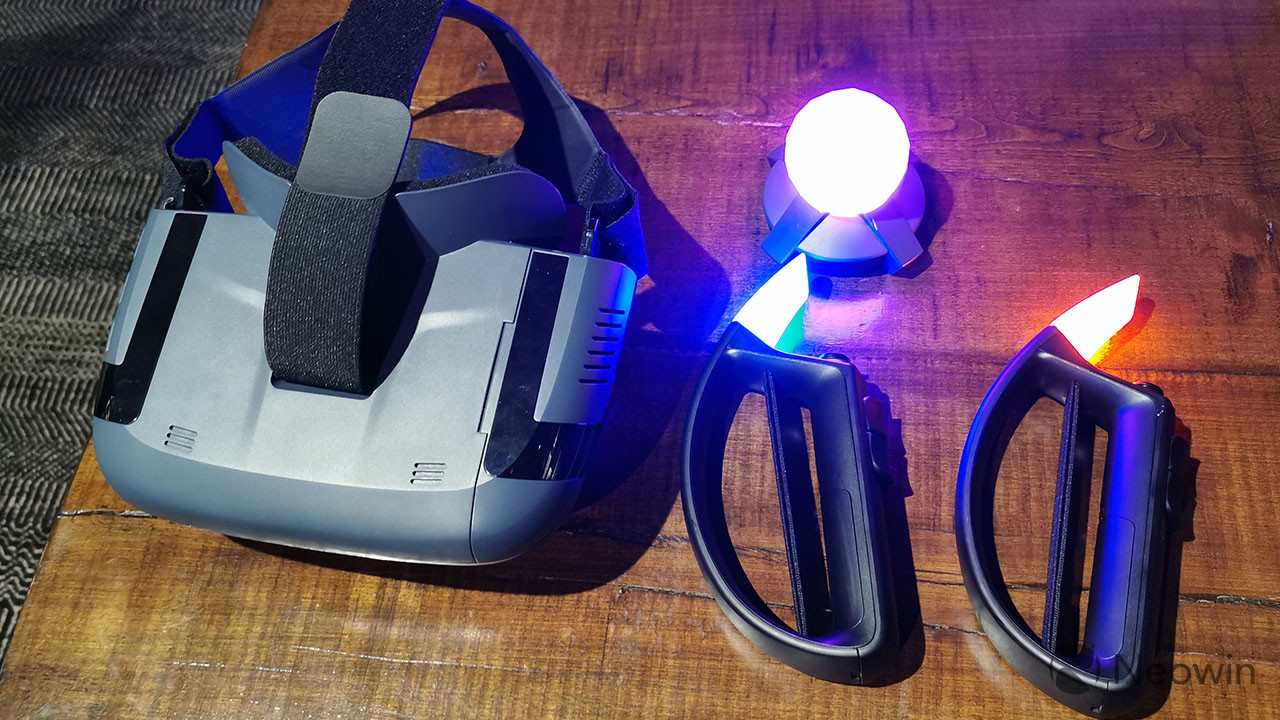
But again, both games are just so much fun. Whether you're chopping down Darth Vader with a lightsaber or throwing Thor's Hammer at Loki, it's every nerd's augmented reality dream. I feel like this is the kind of thing that augmented reality is made for, at least in terms of gaming. If you buy this product, you definitely won't regret it.
It retails for $249.99, although Amazon is currently selling it for $237.49. It's worth every penny.
As an Amazon Associate, Neowin may earn a commission from qualifying purchases.
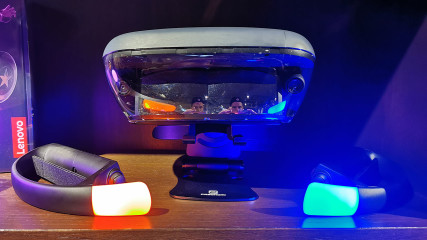

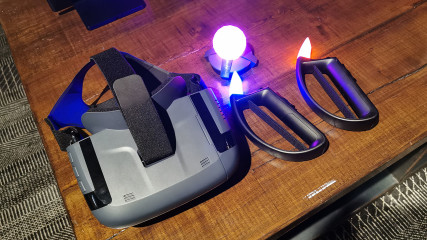
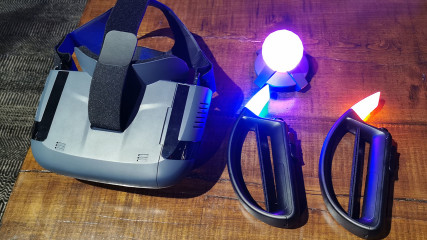



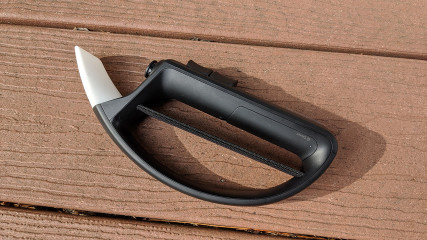
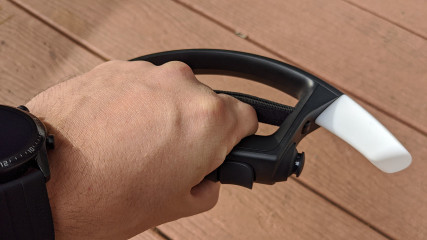

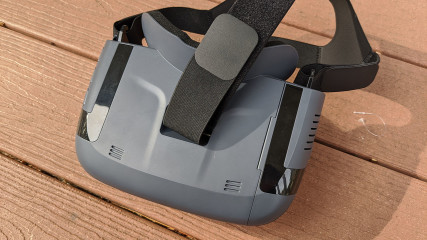
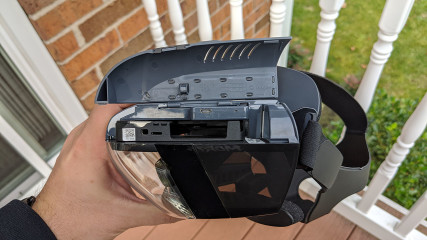
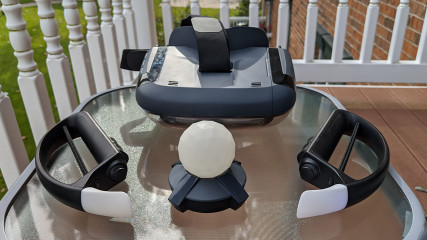
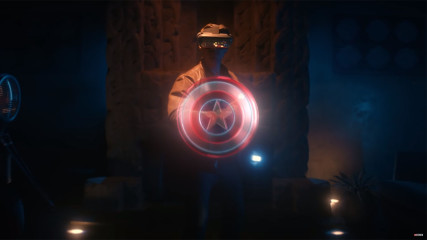
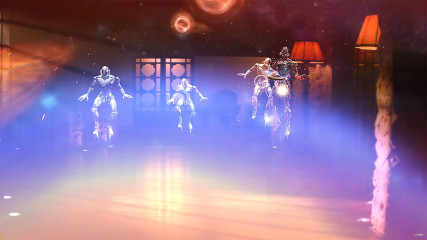

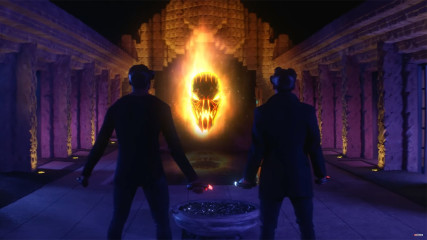








0 Comments - Add comment